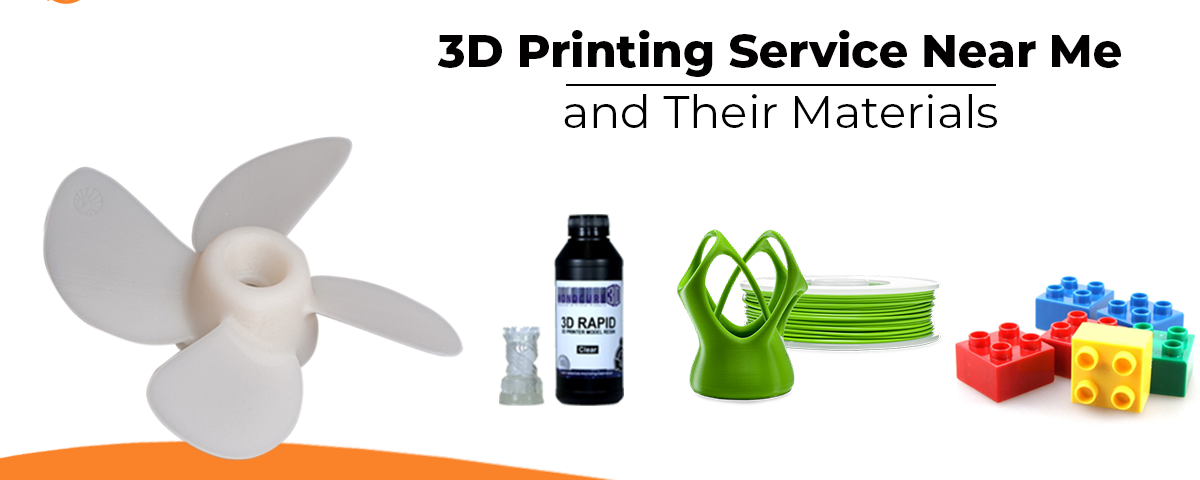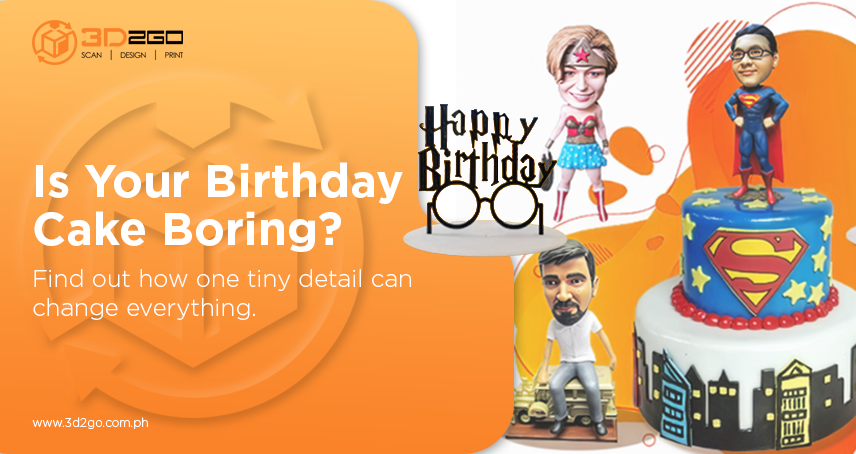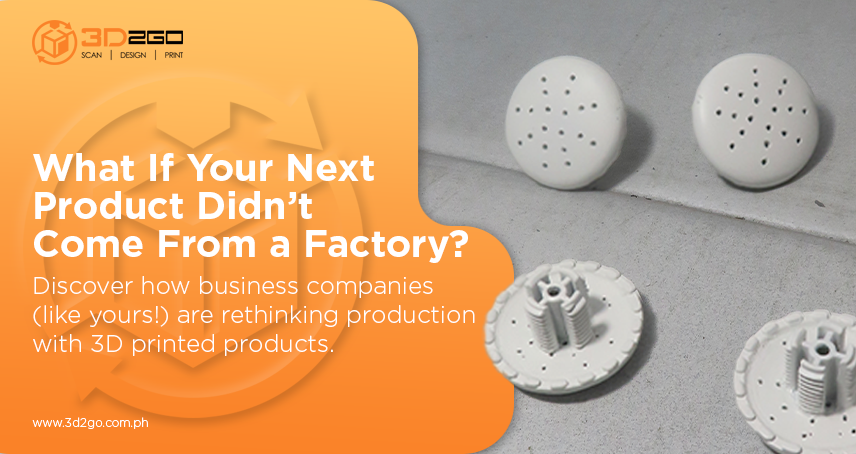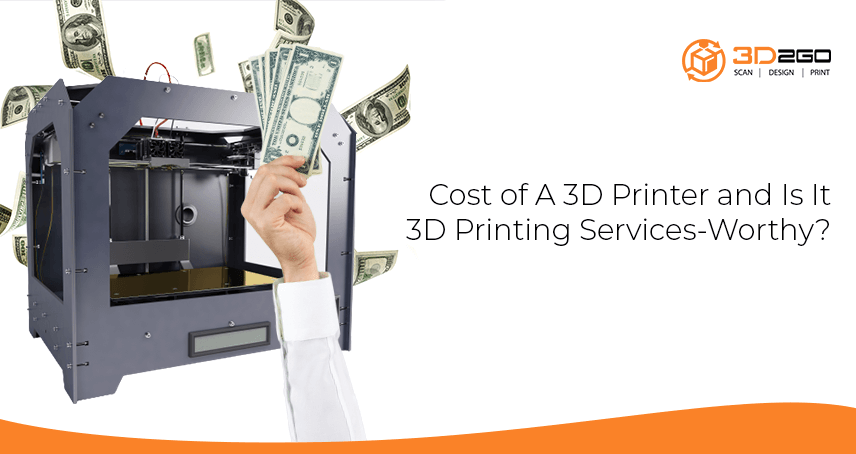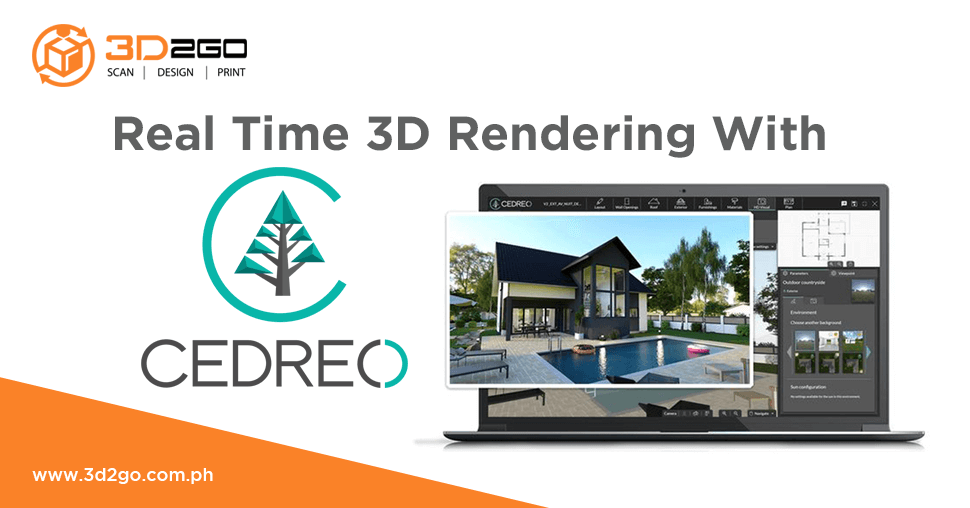
Real Time 3D Rendering With Cedreo
June 15, 2022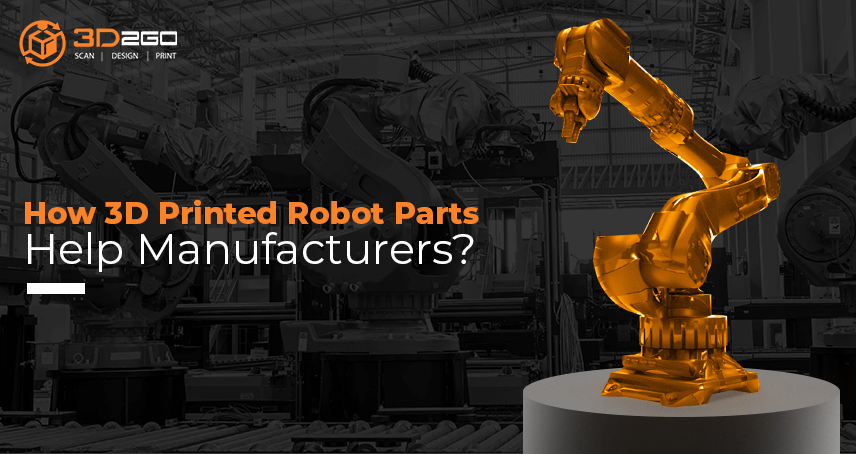
How 3D Printed Robot Parts Help Manufacturers?
June 15, 2022
3D2GO and SLA Printer
Stereolithography (SLA) printing has become popular. It offers the ability of high-accuracy, isotropic, and watertight prototypes for production. Parts are from advanced materials with fine features and smooth surface finish.
Whether you’re a professional or a beginner, our printers are sure to meet your 3D expectations.
Flashforge Creator Pro II
- Has two extruders that support dual-color printing.
- Its enclosed chassis helps protect your printing against cold and heat from the external environment.
Snapmaker Original
- Suggested for newbies who want all functions. 3D printer, laser engraving, and CNC cutting.
- A 3-in-1 3D Printer that includes laser engraving and CNC cutting.
Your ultimate guide on how to use your SLA 3D printer
In hindsight, SLA plastic is perfect for functional prototyping, patterns, molds, and tooling.
Here is the general workflow when 3D printing with.
Designing
You can either use 3D scanning your data or a CAD software. After that, export to a 3D printable file format (STL or OBJ).
SLA printers include a software for specified printing settings. It also slices the digital model into layers for printing.
After setting up, another software sends instructions to the printer via a wireless or cable connection.
Printing
This process begins after having a quick confirmation on the set up. Our machines does not need human supervision to run until the print is complete. Printers also have a cartridge system. This automatically refills the machine.
Post-processing
Printed parts require
- Rinsing in isopropyl alcohol (IPA) to remove any uncured resin from their surface.
- Once material are dry, some may need to undergo post-curing. This helps parts to reach their highest possible strength and stability.
- The parts are being smoothened by sanding the remaining marks for a clean finish.
What to consider when using ABS filament for your printing materials
Acrylonitrile Butadiene Styrene (ABS)
- Material is strong, tough, and durable.
- Offers good resistance to heat and everyday chemicals.
- A great choice for wear-and-tear prints.
- Easily painted with acrylic colors.
ABS filament is neither biodegradable nor made from renewable resources. It may not be toxic in printed form. But it decomposes into butadiene, acrylonitrile, and styrene. Such elements are not safe for inhaling.
Polylactic Acid (PLA)
- A biodegradable thermoplastic from renewable resources like corn starch or sugarcane.
- Typically used in medical implants, food packaging, and disposable tableware.
- Perfect for FDM printing
- Easier to print compared to ABS, making it a preferred choice for beginners.
- Warning that it may clog or jam the printer nozzle. This is because it expands and is sticky when melting.
PLA is a good alternative to ABS filament. It is possible to add along with metal powders such as – steel, copper, bronze. Or it is also possible to fill with wood, straw, coffee, or even hemp.
Resin
- Liquid material that will harden permanently.
- Printed using a laser unlike PLA and ABS.
- Sanding and post-processing for this is easier than the first two.
- Perfect for jewelry making and other super-detailed materials.
- Suited best with SLA.
These three materials are just our basic filaments used. If you have more questions about them, do not hesitate to contact us!


